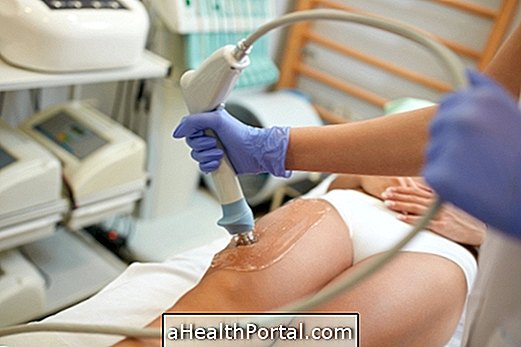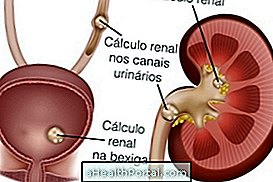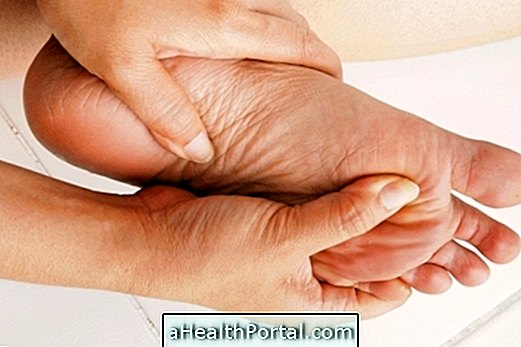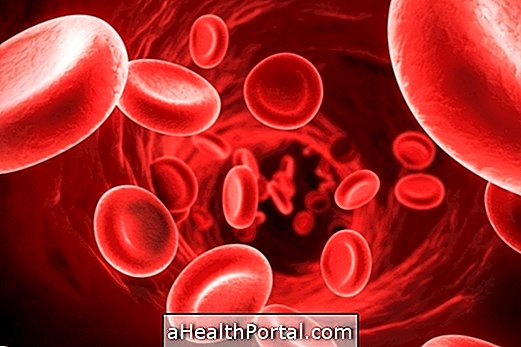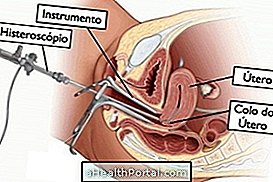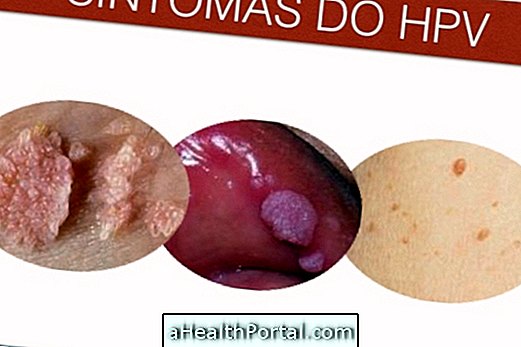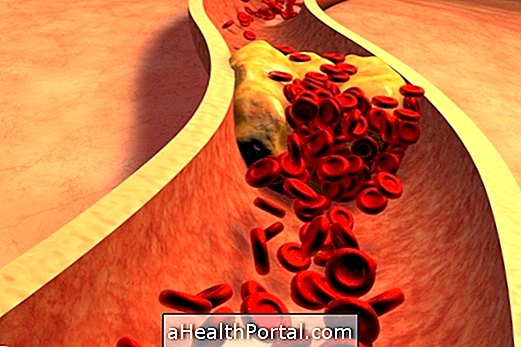To know if you are in good health, it is important to check blood pressure, blood sugar and urine tests, for example, that should be within the reference values.
When these values are changed, they can indicate health problems such as hypertension, diabetes, heart failure or obesity, for example, and in these cases, it is important to consult the doctor so that he can make the diagnosis and guide the appropriate treatment.
Therefore, to determine if you are in good health, evaluate the following parameters:
1. Ideal weight
The BMI or Body Mass Index relates the individual's weight and height and assess whether he is within ideal weight, below ideal weight, overweight or obese.
See if you are within the ideal weight, by putting your data below:
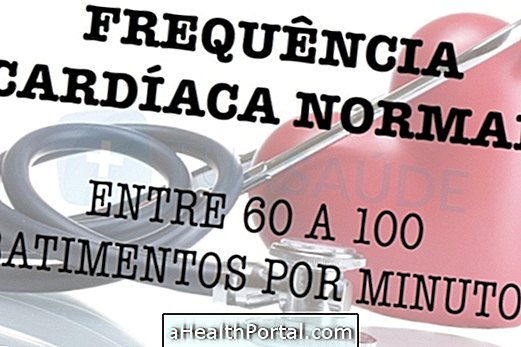
2. Heart Rate
Heart rate indicates whether the heart is working properly and is also a good indicator of the individual's physical fitness, with a normal heart rate ranging from 60 to 100 beats per minute.

Heart rate is high when the heart beats more than 100 times per minute, which can be caused by heart failure or hypertension and is low when there are less than 60 heart beats per minute.
Learn how to measure heart rate correctly in: Heart rate.
3. Blood sugar
Blood sugar or capillary glycemia is also a good indicator of health status because when it is elevated it may indicate diabetes, which is a chronic disease that can lead to blindness, diabetic foot or kidney changes when left untreated.

The glycemic reference values are:
- Normal glycemia: less than 110 mg / dl fasting and less than 200 mg / dl at any time of the day;
- Low glycemia or hypoglycemia: less than 70 mg / dl at any time of the day;
- Elevated glycemia or hyperglycemia: between 110 and 125 mg / dl fasting;
- Diabetes: equal to or greater than 126 mg / dl fasting and equal to or greater than 200 mg / dl at any time of the day.
If glycemia is elevated, the individual may have pre-diabetes or diabetes and should therefore make an appointment with an endocrinologist as soon as possible. To know how to measure your blood sugar see: How to measure blood sugar.
4. Blood pressure
Blood pressure is a good indicator of health problems, because when the pressure is high it can indicate hypertension, kidney malfunction or heart failure. When it is low, it may indicate dehydration or hypoglycemia.

The blood pressure reference values are:
- High blood pressure : greater than 140 x 90 mmHg;
- Low blood pressure: less than 90 x 60 mmHg.
Here's how to measure the pressure correctly:

5. Waist and hip circumference
The waist - to - hip ratio allows the assessment of the amount of abdominal fat accumulated and the risk of developing diseases such as type 2 diabetes, obesity, stroke or suffering from a heart attack. If you only measure waist measurement, your reference values should be up to 80 cm in women and up to 94 cm in men.
See if you are at risk of developing these diseases by putting your data below:

6. Urinalysis
A change in the color and smell of urine may indicate the presence of urinary tract infection, blood in the urine, kidney problems, or dehydration, for example. For this reason, it is important to note the color of the urine which should be yellow or light yellow and its smell, which should not be fetid or strong.

When the color and smell of urine are changed you should consult your doctor immediately. See other causes that may change the color of urine in: What may change the color of urine.
7. Stool examination
The color, odor and consistency of faeces are also good indicators of health status, as they may indicate feeding problems or other diseases such as constipation, gastric ulcer or hepatitis, for example.

Normal stools should be brownish, molded and smelling not very strong, so any change in stool should be treated according to its cause. Learn what can change stool color.
8. Vision examination
Vision is another parameter that should be evaluated, because some vision problems such as myopia, astigmatism or farsightedness can compromise vision and cause symptoms such as frequent headache, difficulty seeing or red eyes, for example. To evaluate the view at home, see: Eye exam.

9. Gynecological examinations
Gynecological examinations are important to help identify changes early in the woman's cervix, which can lead to cancer of the uterus, and the most common examination is the pap smear. This test helps not only detect cervical cancer but also helps identify changes in the cervix, gynecological inflammation, warts, or other sexually transmitted diseases. See more about which tests can be performed on cervical exams.
If you liked this information, see also:
- What to tell the doctor at the appointment
- 3 Reasons to go to the doctor before you get sick
- Which doctor treats each disease
- 8 diseases that cause excessive tiredness

